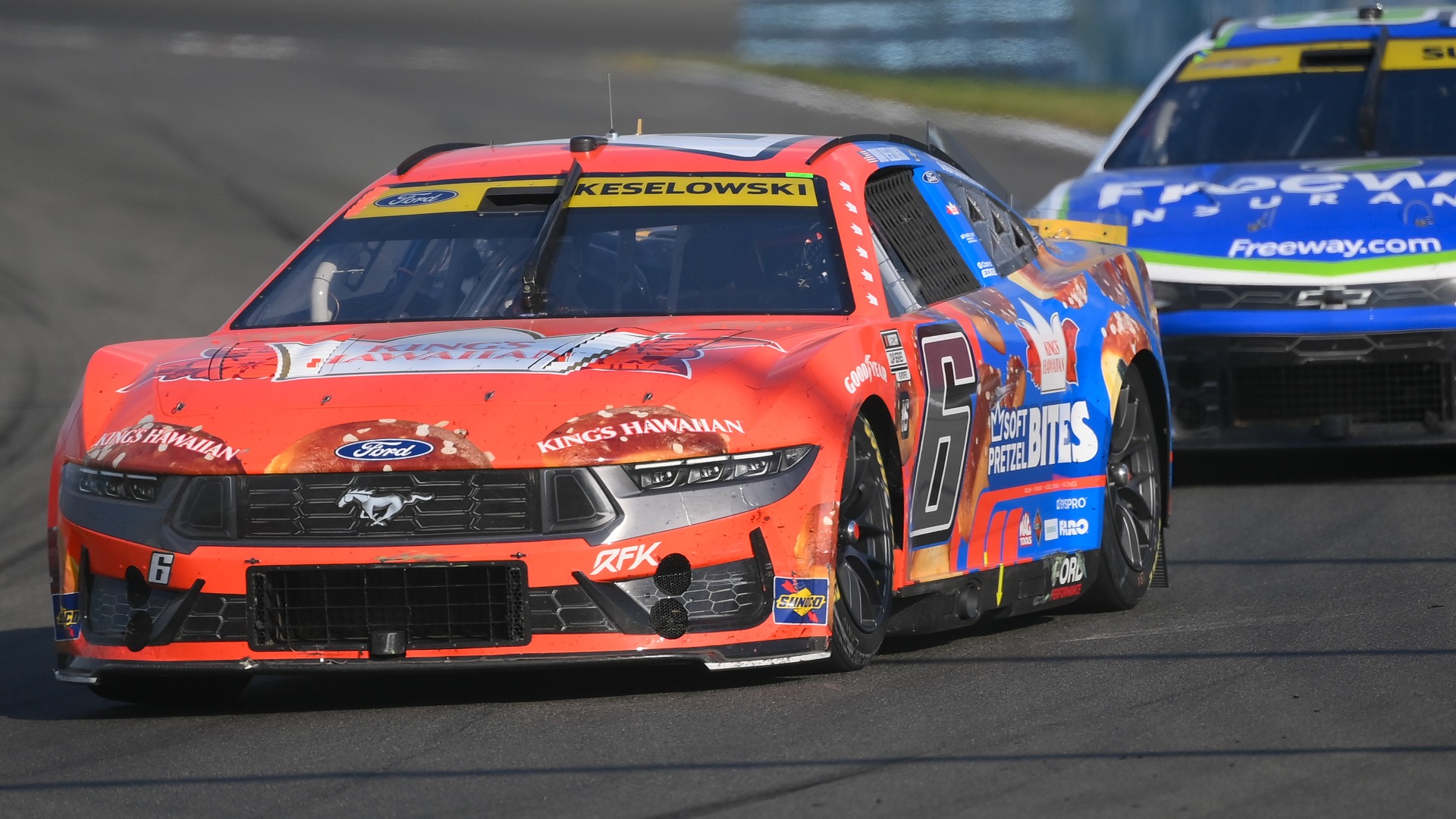By any measure, the audience for the 2017 Daytona 500 was much smaller than the highs of a decade ago, when the event regularly garnered double-digit television ratings. But determining just what the trend line is for NASCAR’s premier race is complicated — just as it is for other high-profile live events.
The FOX broadcast of Kurt Busch’s victory drew a 6.6 rating, roughly equal to last year’s number, the network announced Monday. It marked the second-lowest rating since the race was first televised in 1979, according to Sports Media Watch, although the 11.4-million average viewership was up a tick over 2016.
It can’t be argued, regardless of team owner Joe Gibbs’ protests, that the sport is on rock-solid ground. The Daytona 500’s viewership went into steady, and then precipitous, decline after the record 11.3 rating in 2006, as pointed out by USA TODAY. Of course, that year NBC used the race as an appetizer to the Winter Olympics, which helped bolster viewership.
Still, the flat-to-falling ratings aren’t a problem unique to NASCAR. Despite FOX trumpeting Super Bowl LI as one of the five most-watched programs in TV history and the second most-watched Super Bowl ever, a different perspective reveals it’s the second consecutive year ratings for the Super Bowl have dropped. Likewise, the 2017 Oscars, which garnered so much attention Monday on social media due to the best-picture flub, posted a nine-year ratings low.
So where are all the viewers going?
In the cases of both the Daytona 500 and the Super Bowl, FOX highlighted its performance on non-TV channels. The Great American Race attracted a record average audience of 39,832 on FOX Sports GO, its online streaming app. Super Bowl LI boasted a hefty 1.72 million online viewers.
The point isn’t that NASCAR is thriving or that the Super Bowl is dying — or vice versa — and anyone who claims racing isn’t without its weaknesses probably has a vested interest in promoting the sport’s health. But as viewer consumption habits change, expect to see more leagues offering more nuanced explanations of just how many people are tuning in.
Thumbnail photo via Jasen Vinlove/USA TODAY Sports Images



